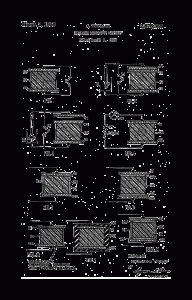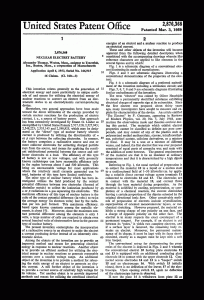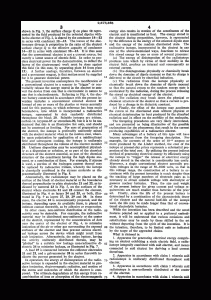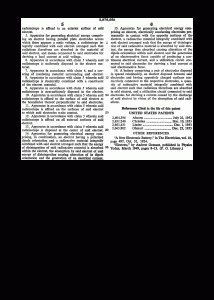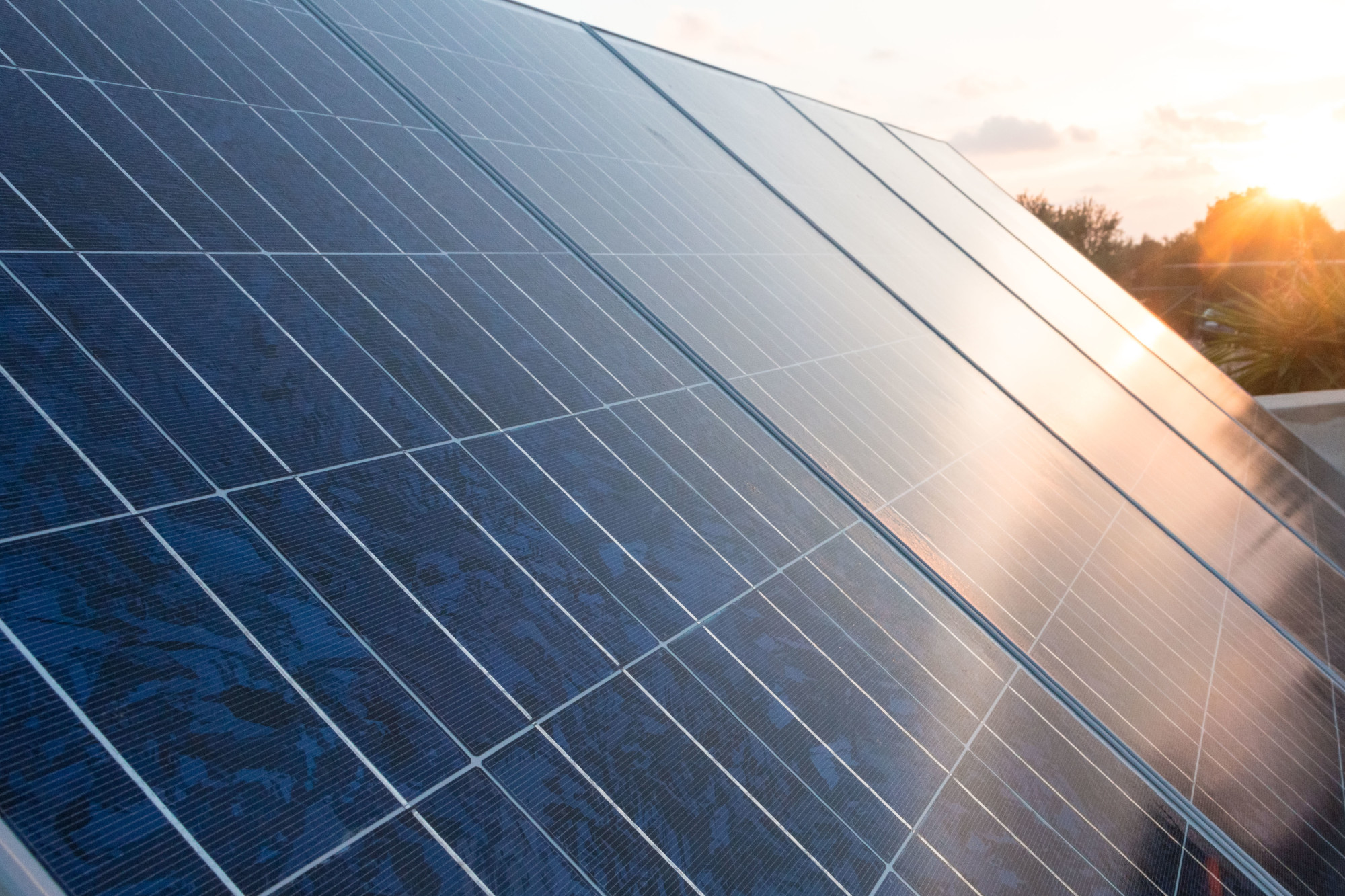Inventors: Alexander Thomas, Alexander Thomas
Current U.S. Classification: 310/305; 976/DIG.410
Patent number: 2876368
Filing date: Apr 6, 1953
发行日期:1959年3月3日
This invention relates generally to the generation of electrical energy and more particularly to unique methods of and means for utilizing the electrical energy of nuclear reactions to convert an electret from an electrostatic device to an electrodynamic current-producing device.
迄今为止,已经朝着直接利用由某些核反应提供的电流提供的能量直接利用两种普遍的方法。即,电池电源的来源。通过美国专利2,517,120的举例说明,美国专利2,517,120的举例说明了一种方法;2,527,945;2,548,225;2,555,143和2,598,925,其可以被指定为“直接”类型的核电电池,其中通过利用收集电极之间的A或0射线的方向性来产生电流。从本质上讲,电池包括放射源和一个或多个集电极电极,用于从源收集带电粒子射线,以及用于将所得单向电位在源电极之间施加到负载的装置。这种类型的电池的效率低于低电压,并且目前已知的放射性键可以具有合理的效率,仅在约5到500千伏之间。这是一种不合理的电压,适用于可以使用相对较小的电流的大多数应用,这种类型的电池具有有限的有用性。
The other type of nuclear battery which has been investigated utilizes the field produced by the contact potential difference between two electrodes (formed of dissimilar metals) to collect the ionization produced by a or p radiations in a gas separating the electrodes. The maximum efficiency of this type of nuclear battery is the ratio of the contact potential difference (in volts) to twice the average energy (in electron volts) lost by the radiation per ion pair formed. This maximum efficiency, based upon known constants among the metallic elements, is about 5%. Moreover, since the maximum contact potential difference among the elements is only 3 volts, a large number of cells are required to obtain even several hundred volts of electromotive force in the gaseous type of nuclear battery.
本发明考虑在驻极体中结合放射源以使电动电流产生装置代替固有的静电装置。
Among the objects of the invention are to provide an improved method and means for generating electrical energy in response to nuclear reactions. Another object is to provide an efficient method for utilizing the electrical energy in nuclear reactions to generate reasonable currents over a useable voltage range. An additional object of the invention is to provide a method for releasing the static energy of an electret to generate an electric current. A still further object of the invention is to provide a current source of relatively high voltage for its volume. Yet another object is to provide improved methods and means for utilizing the combined electrical energies of an electret and a nuclear reaction to produce an electrical current.
当与附图考虑时,本发明的这些和其他目的将从以下详细描述中变得显而易见,其中相同的参考字符被应用于若干图中的相同元件,其中:
Fig. 1 is a schematic diagram of a conventional electret illustrating its mode of manufacture;
图。图2和3是说明驻极体性质的传统演示的示意图。图。图4是本发明的优选实施例的示意图,包括利用电路;和
图。图5,6,7,8和9是示出本发明的其他实施例的示意图。
The term “electret” was coined by Oliver Heaviside to denote a permanently electrified substance exhibiting electrical charges of opposite sign at its extremities. Since the first electret was prepared about thirty years ago, many investigators have sought to measure and explain the characteristics of the device. An article entitled ‘The Electret” by F. Gutmann, appearing in Reviews of Modern Physics, vol. 20, No. 3, July 1948, sum- marizes the observations made and theories evolved during this period. The materials which exhibit electret properties cannot be classified as definite nor pure compounds, and may consist of any of the plastics such as polymerized methyl methacrylate, styrene, tetrafluorethylene, polyvinyl acetate, cellulose derivatives, or a mixture of these. It may be a wax or a mixture of different waxes, and indeed, the first electret that was ever prepared consisted of equal parts of carnauba wax and resin with the addition of some beeswax. The general requirements of the material are that it be an insulator at ordinary temperatures and that it is characterized by a high dipole moment.
指无花果。1,preparati的常用方法on is to subject the material 10 in a liquid or a molten state to a unidirectional field of 1-30 kilovoIts/cm. by applying a suitable direct current voltage across terminals 11 connected to electrodes 12 and 13. The electrodes are in contact with the material 10, and current flows through the base material during preparation. As the material is solidified by cooling, polymerization, or completion of a chemical reaction, the current diminishes leaving a certain proportion of the dipoles oriented by the original directional ionic flow. Other conceivable methods of. preparation of electrets include crystallization, superposition of oriented monomoiecular layers, or mechanical stretching. However prepared, the material exhibits a strong charge of one polarity on one face, and a charge of opposite polarity on the other face. The electret is in many respects the exact counterpart of a permanent magnet. For example, if an electret is cut between its “poles,” it yields two complete electrets, and if a surface layer is removed, the remaining body remains an electret. Moreover, for permanent maintenance of its charge, it must be kept with its faces short- circuited, exactly as a magnet must be kept with a soft iron keeper.
The conventional set-up for demonstrating the properties of the electret is depicted in Figs. 2 and 3 wherein the conventional electret 10 having plate electrodes 12 and 13 is equipped with an additional conducting plate electrode 14 in contact with the upper electrode 12. Connected across electrodes 14 and 13 is a “keeper” switch 15 and an electroscope 16. With switch 15 initially closed, there is no deflection of the leaves 17 of the electroscope. Upon opening switch 15, again no deflection of the electroscope leaves is observed.





